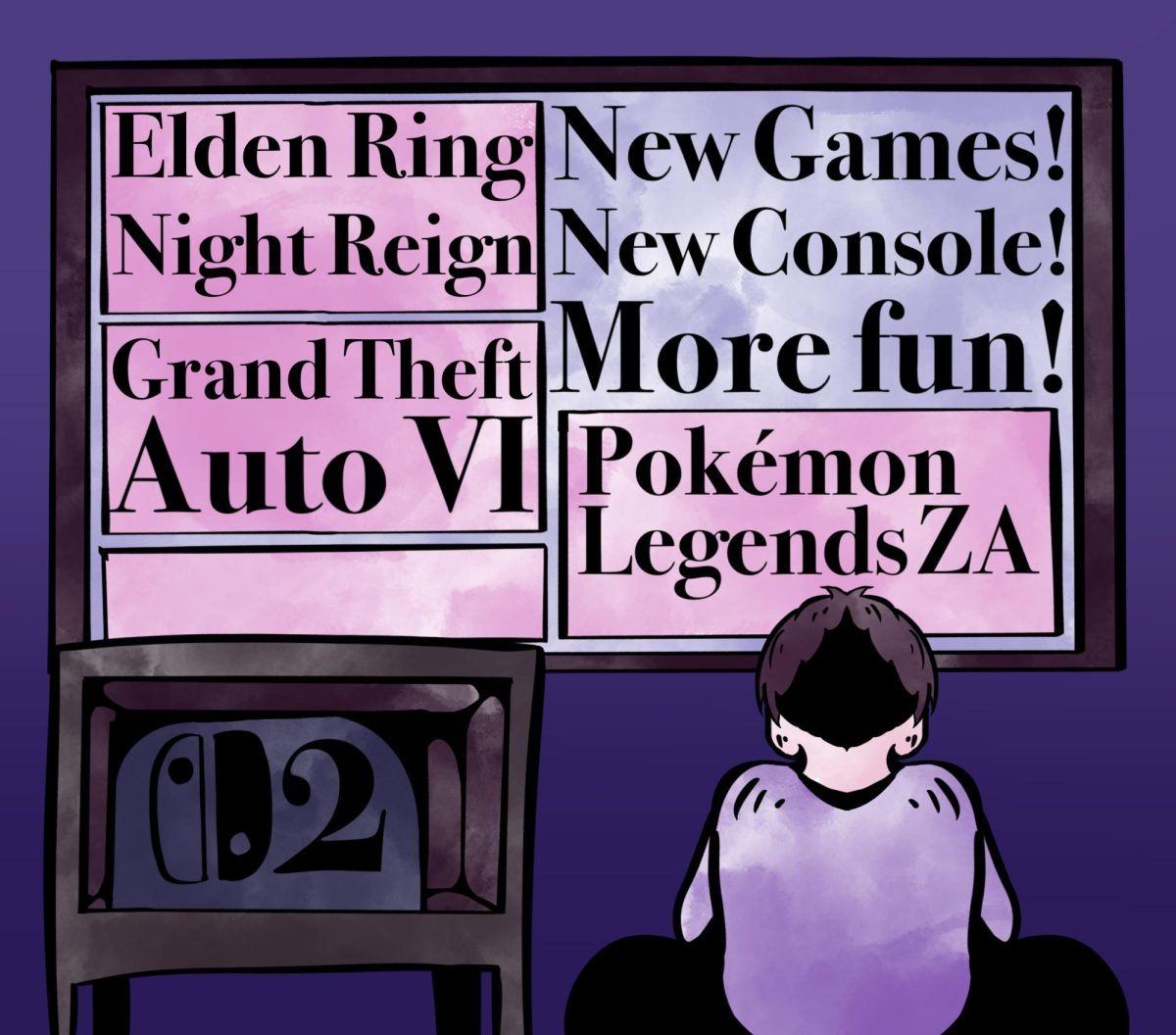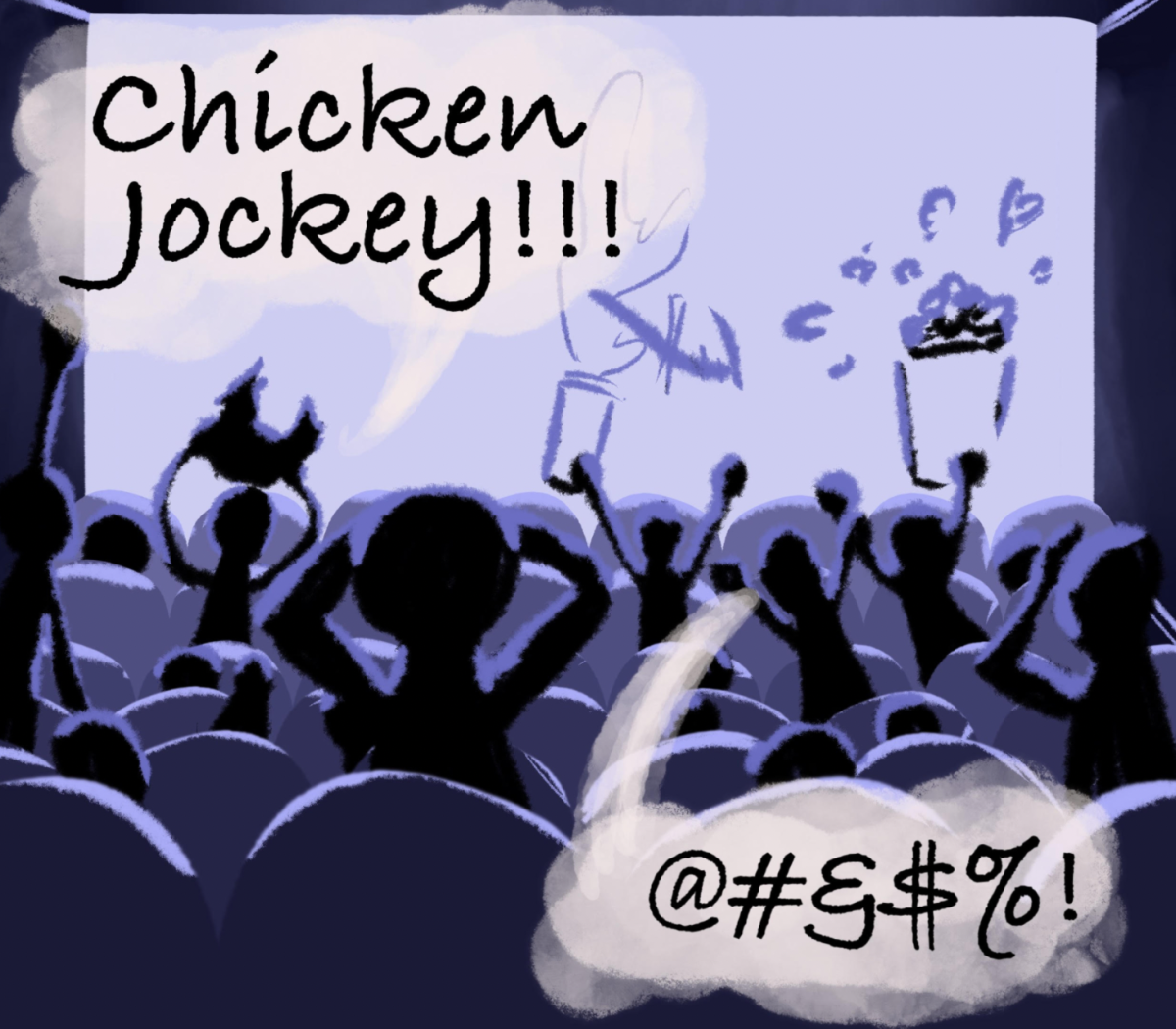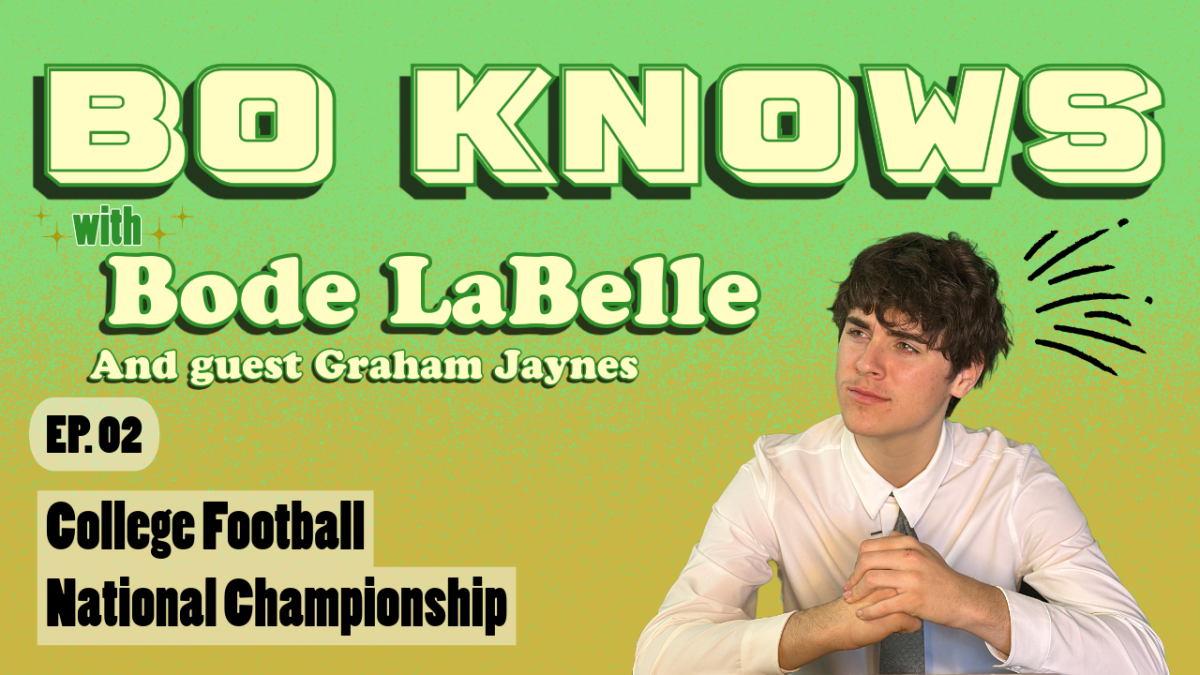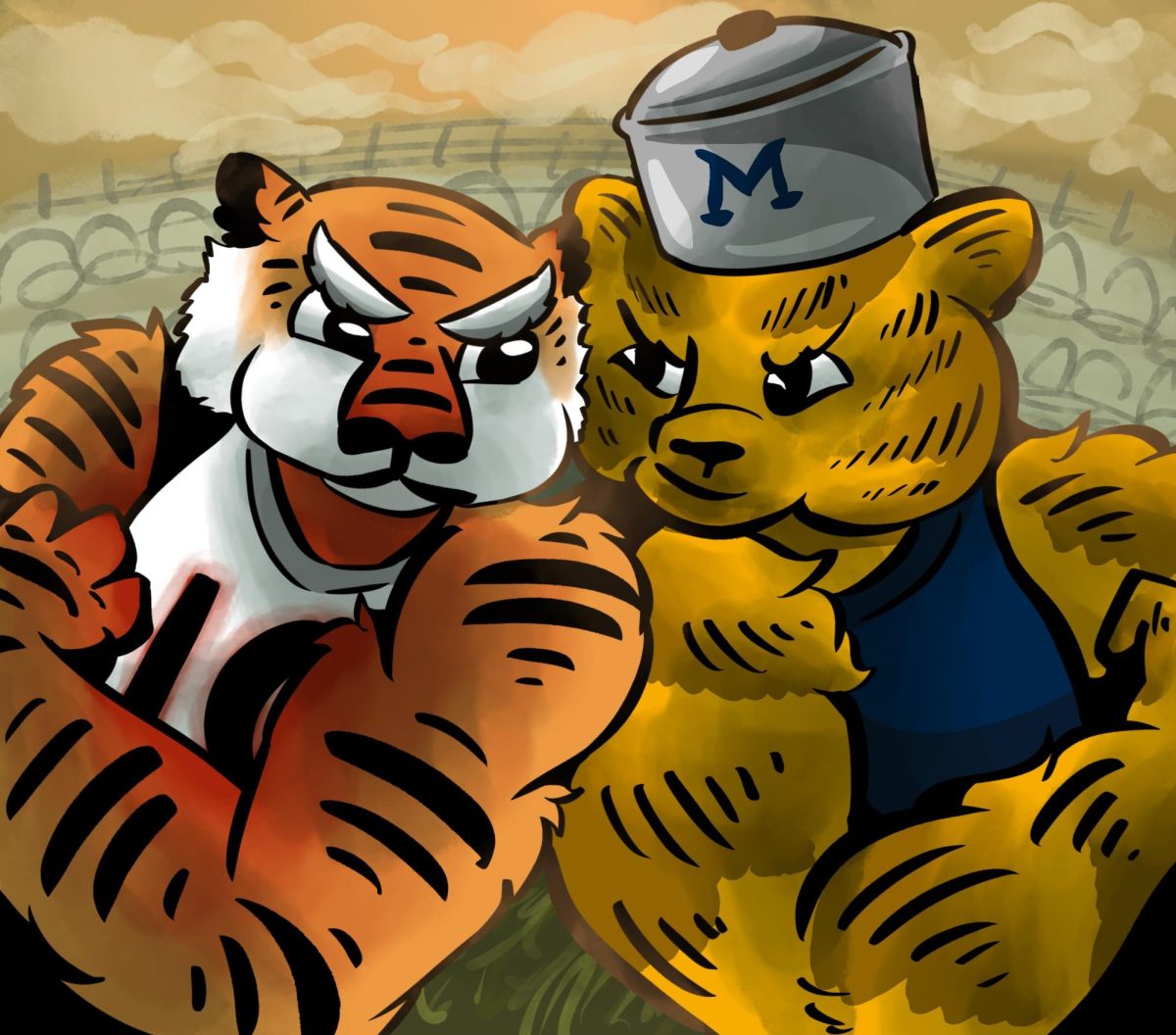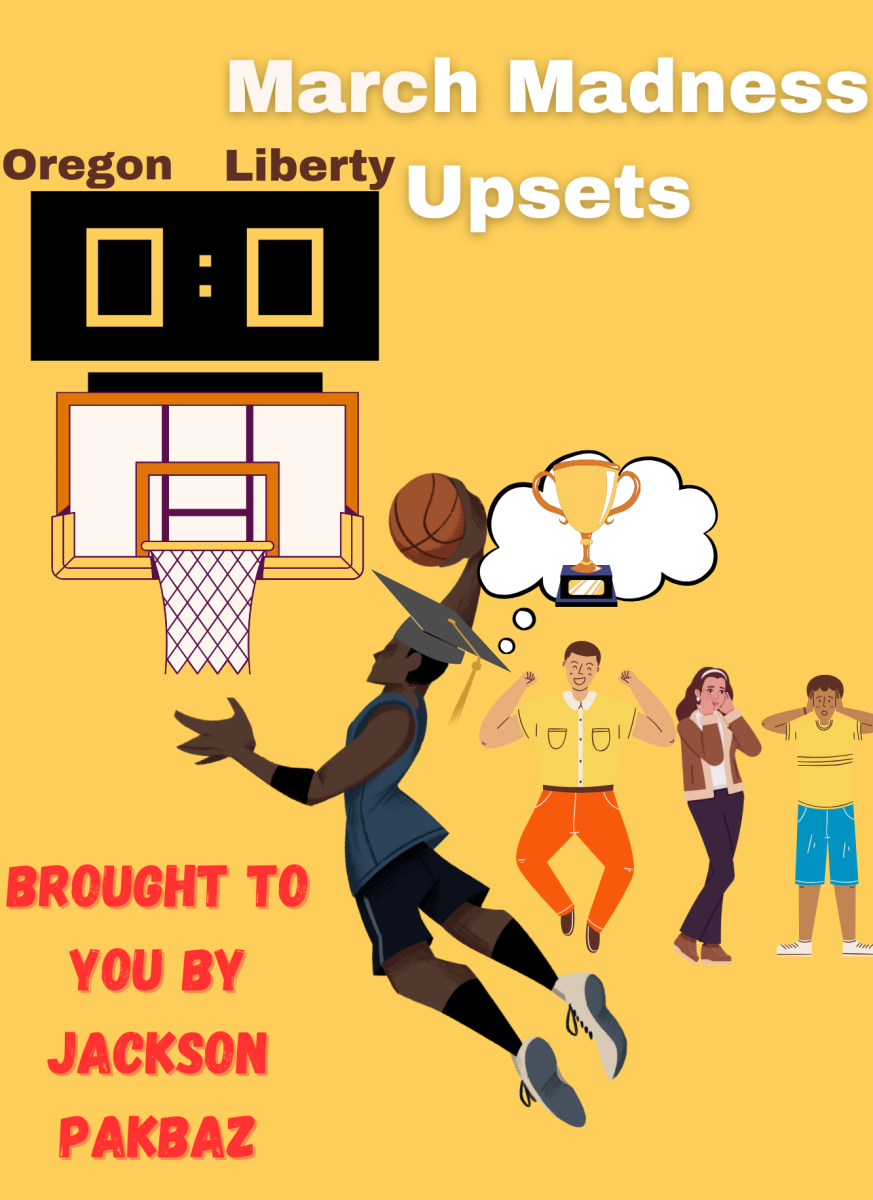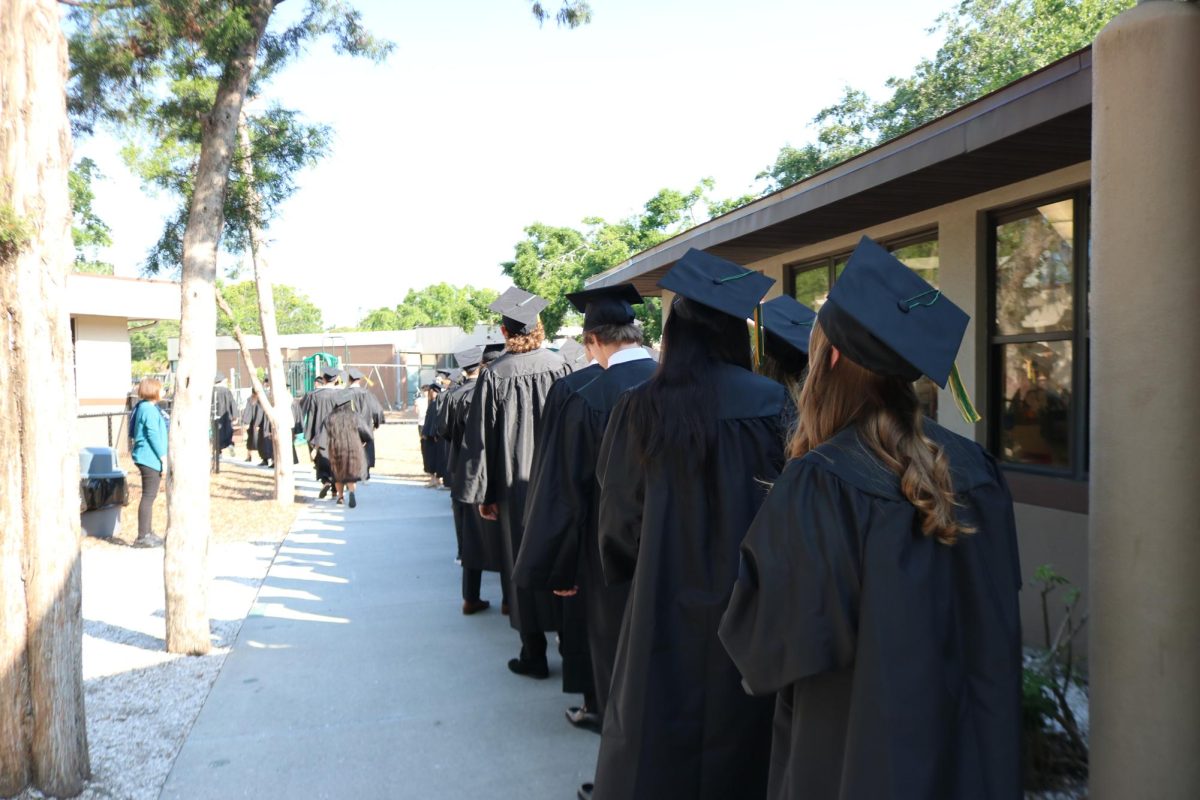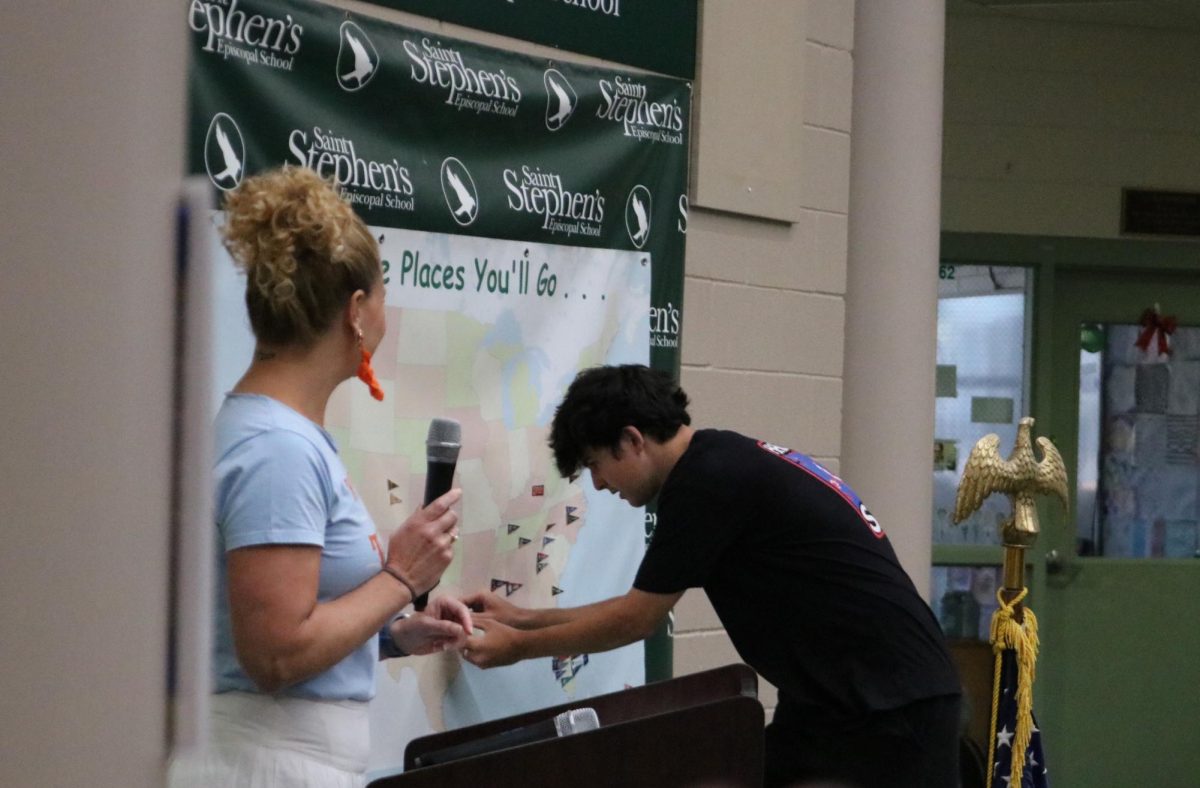What every high school student should know about the new and ‘improved’ digital SAT.
It’s true, technology is slowly taking over. The Scholastic Aptitude Test, known as the SAT, which acted as a means to test the merit of potential students and scholarship recipients, has now gone digital.
As of spring 2023, College Board, the company that owns the SAT, switched the test to a digital format for two main reasons: to make the process of taking the SAT easier and to have more students choose to take the SAT over the ACT.
So the question on many minds is— is the switch to digital a good thing? Or not?
Head of the English Department Mr.Moore explained why he believes that the previous paper exam worked better for students in terms of scoring and comprehension.
“On the PSAT this fall when we switched to digital,” Moore said, “we did have some of our juniors perform considerably lower on the digital math section than they had on the written math, and I think that’s because of the adaptive form of the [digital] test, and so I don’t really like the digital test until they find a way to make it better.”
By adaptive, Moore means that the digital test “changes” questions based on performance. More on this later.
According to the Princeton Review, the new SAT adapted a system where both reading and math sections are split into two modules. Previously, when the test was on paper, each question was the same for each student and there were no levels of difficulty adjusted.
But in the new version, questions change in difficulty based on the performance of the test-taker. If a student does well in the first module, the difficulty of the questions will increase in module two, and vice versa. If a difficult question is answered correctly, the student’s score will increase more than it would if an easier question was answered correctly.
Essentially, if you’re a student who needs time to “warm up” during a test, you’re out of luck. If you perform poorly on module one and get moved onto the easier module two, your SAT score is automatically capped.
The change does help prevent cheating, since students may have entirely different tests, but the big change does raise some concerns: Is the adaptable form/score cap unfair? Isn’t the online version of the SAT more susceptible to issues such as technological problems? Do the pros outweigh the cons, overall?
Although change can be scary, the new digital SAT does have benefits such as shorter reading passages, a quicker grading system, and removal of the ‘No Calculator’ section.
On March 8th of 2023 the first digital SAT successfully launched. According to The New York Times, many students preferred the shorter test taking time and the switch to digital test-taking, since a lot of classes now can be completed online, making digital assessments feel more natural to students.
However, technical issues did prevent some schools from starting the test on time. “Specifically, test takers at Oak Park and River Forest and Georgia State University experienced 30- to 45-minute delays because of connectivity issues,” the Times wrote.
Saint Stephen’s Testing Coordinator and Learning Specialist Mrs.Skardoutos found that the biggest problem, for herself, was that students were completing the digital tests at different times, causing a distraction and sense of anxiety for those still taking the test.
“You guys are getting done at different times because your computer screen says ‘You’re done, go take a break,’ and so somebody gets up and somebody else is not quite done,” Skardoutos said. “Even ten seconds make just the difference.”
A large number of students complained that the math section, specifically the second module, was too difficult. Some students even had to resort to leaving questions blank due to a lack of time to complete the difficult questions.
Junior Hao Li explained how the first module for math was incredibly easy. However, the second module was where it all went wrong.
“The time needed to solve each math problem increased by a lot,” Li said. “The time limit felt like the ACT, possibly even worse. Even with desmos [implemented graphing calculator] and all the shortcuts I couldn’t finish all the questions. I don’t like the adaptive nature of the DSAT and would recommend focusing on the ACT.”
Importantly, taking the SAT exam isn’t as non-mandatory as it has been in the recent years following COVID, when a large number of universities turned test-optional.
According to The New York Times article from March of this year, prestigious universities such as Brown, Yale, and Dartmouth have decided to reinstate standardized testing, because “the scores are the best predictor of academic success.” A study conducted by Dartmouth also found that test scores helped less advantaged and low income students gain access to Dartmouth.
Regarding the question of “to take the test, or not to take the test,” Junior Amari Clark made the point that students have more to offer than just their scores, so test-optional should remain the status quo.
“I think it’s better for a college or university to be test-optional,” Clark said. “Some people simply aren’t good test takers and college decisions shouldn’t come down to one score when students have much more to offer.”
Essentially, this major change in standardized testing leaves students, applicants, and universities pondering these tough questions: Is the new SAT improved or worsened? Should colleges continue making the sending of scores optional? Am I going to perform worse than if the test were still on paper?
The answers to those questions will, hopefully, be more clear in the coming years.









